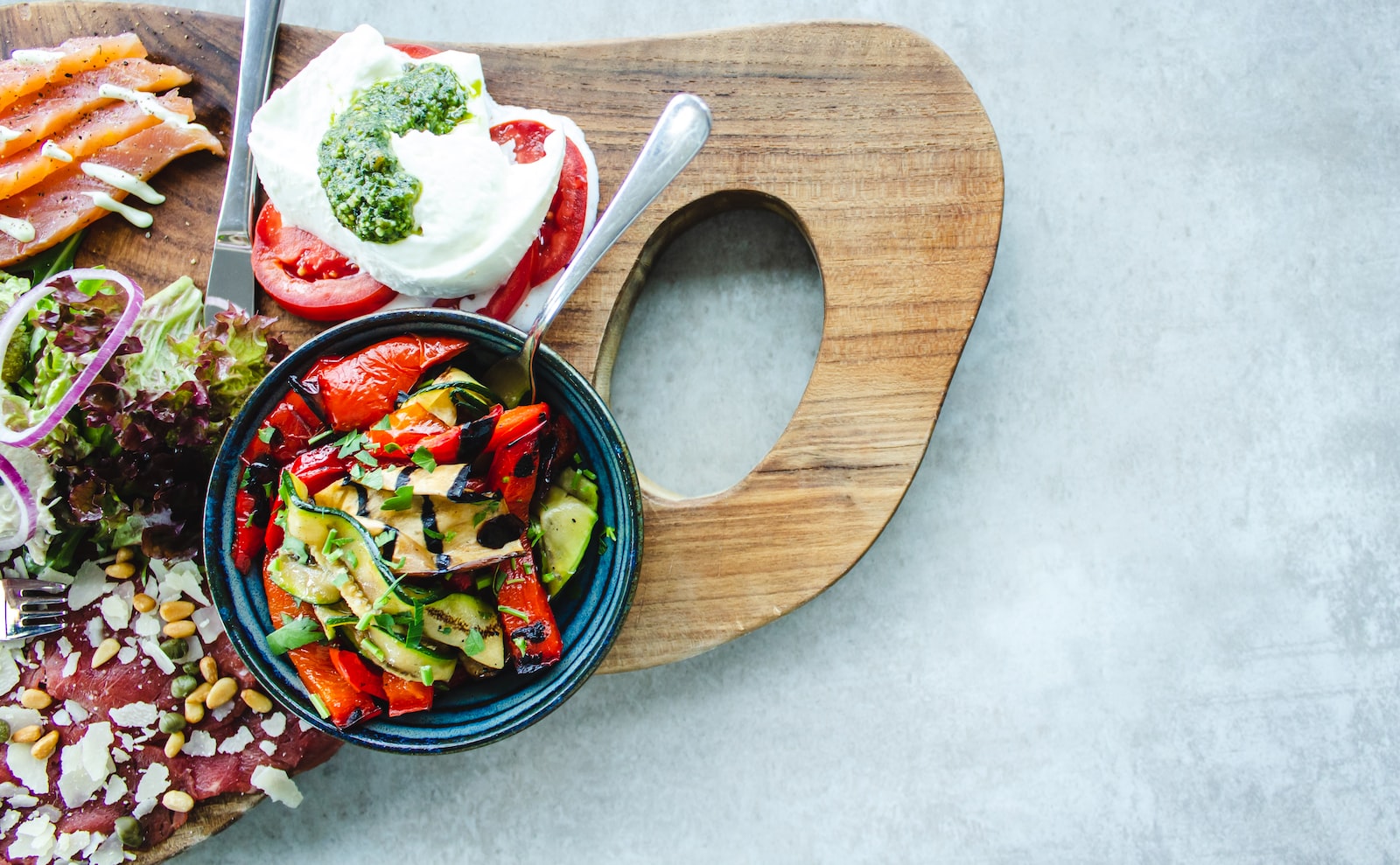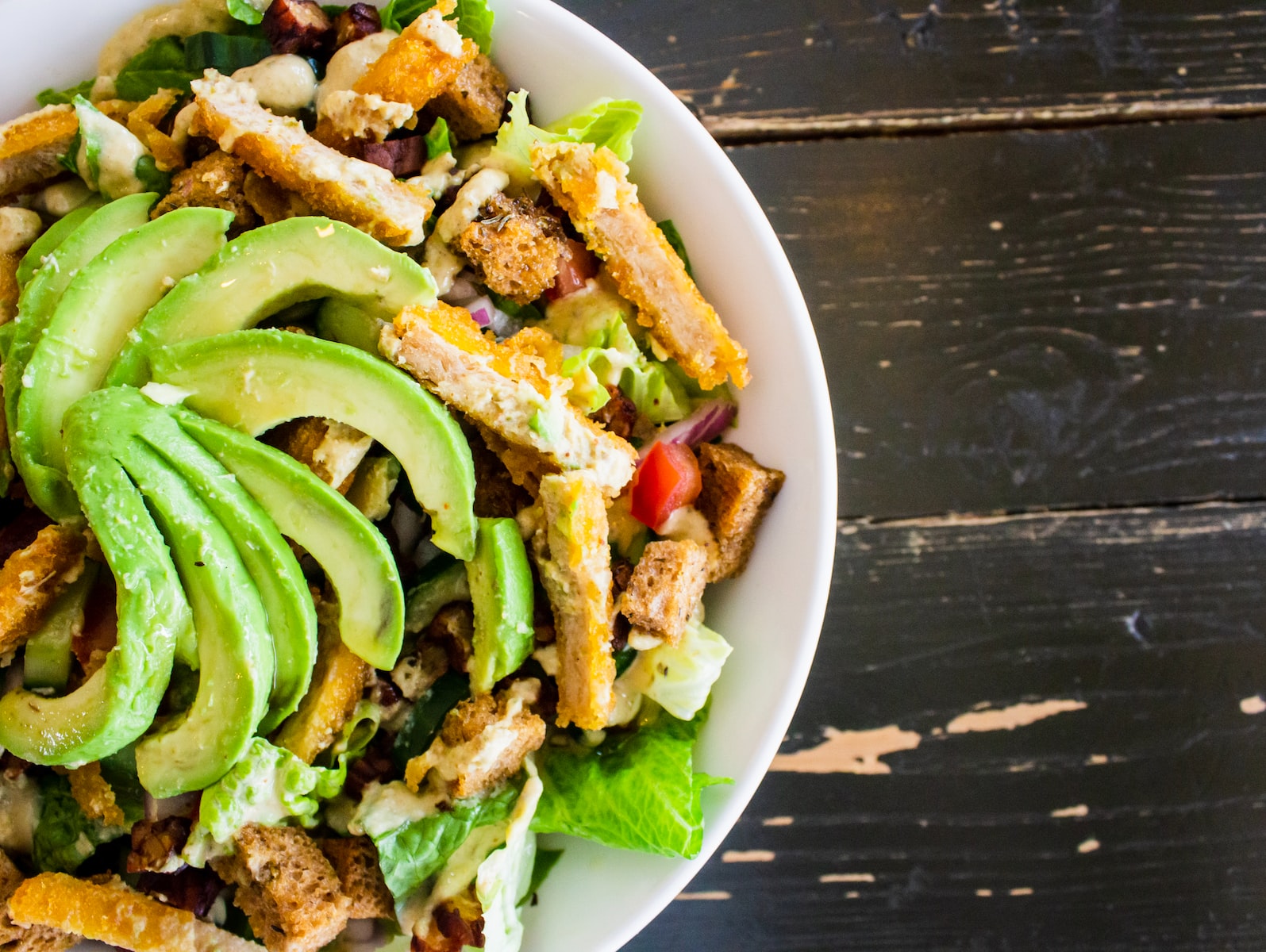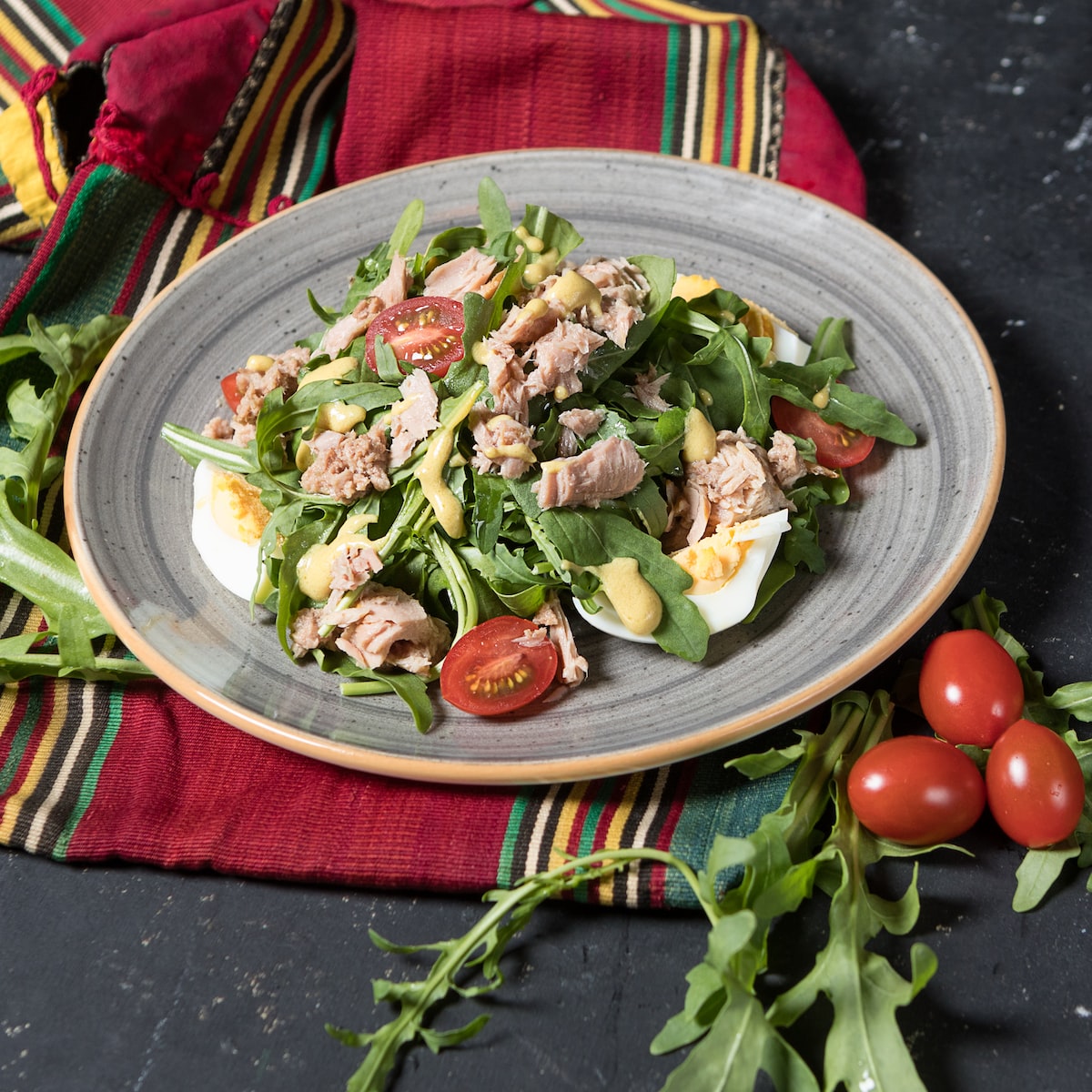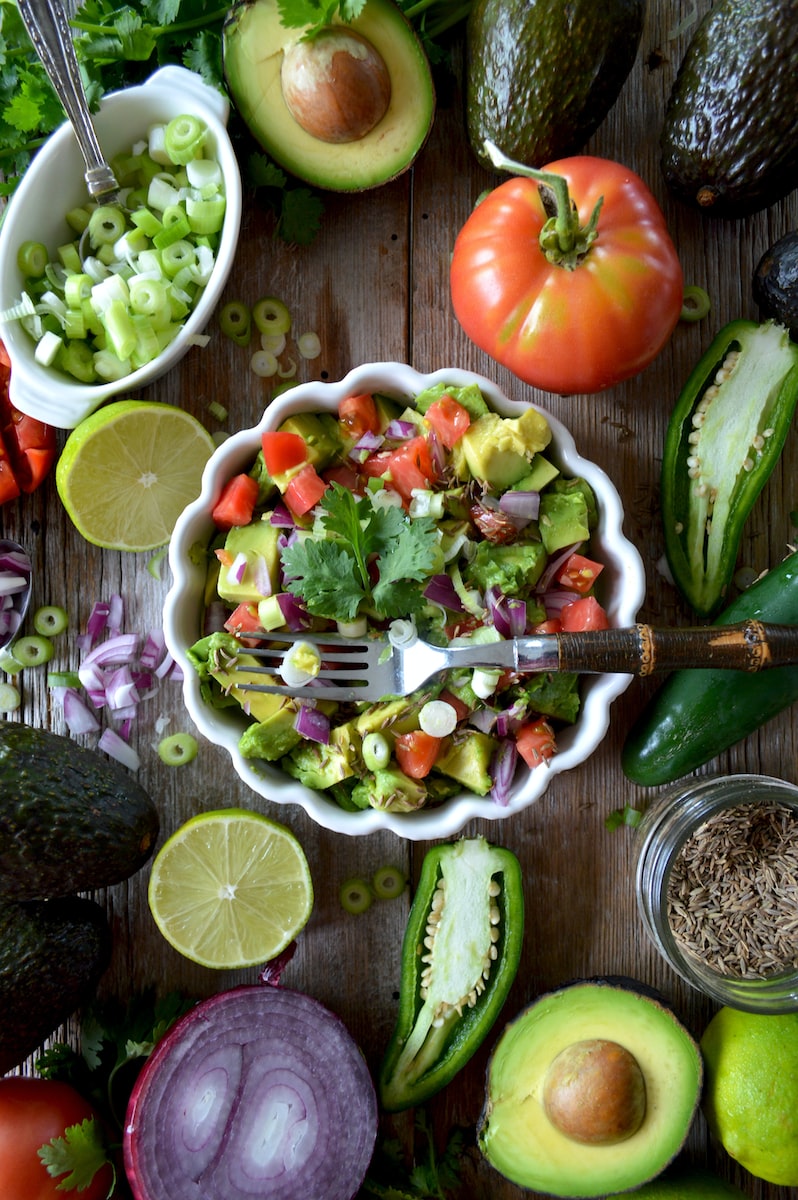Are you looking for a way to lose weight and improve your health? The ketogenic diet, or keto for short, has become increasingly popular in recent years for its potential benefits in these areas. In this article, we will provide a comprehensive guide on how to follow a keto diet, including a meal plan and menu to get you started.
What is the Keto Diet?
The keto diet is a low-carb, high-fat diet that has been shown to have potential benefits for weight loss, blood sugar control, and even certain neurological disorders. The diet works by putting your body into a state of ketosis, where it burns fat for energy instead of carbohydrates.
To achieve ketosis, you must significantly reduce your carbohydrate intake and increase your fat intake. This means eliminating or drastically reducing high-carb foods such as bread, pasta, and sugar, and focusing on foods that are high in healthy fats like avocados, nuts, and seeds.
Benefits of the Keto Diet
Studies have shown that the keto diet may have potential benefits for weight loss, blood sugar control, and even certain neurological disorders like epilepsy. Here are some of the potential benefits of the keto diet:
- Weight loss: By reducing your carbohydrate intake and increasing your fat intake, the keto diet may help you lose weight by promoting the burning of fat for energy.
- Blood sugar control: The keto diet may be beneficial for those with type 2 diabetes or insulin resistance by improving blood sugar control.
- Improved heart health: The keto diet may help improve heart health markers like cholesterol levels and blood pressure.
- Potential cancer-fighting properties: Some studies have suggested that the keto diet may have potential cancer-fighting properties, although more research is needed in this area.
- Improved brain function: The keto diet may help improve cognitive function and reduce symptoms of neurological disorders like epilepsy.
How to Follow the Keto Diet
To follow the keto diet, you will need to significantly reduce your carbohydrate intake and increase your fat intake. Here are some tips for getting started:
Calculate Your Macros
To follow the keto diet, you will need to calculate your macros, or macronutrient ratios. This refers to the percentage of calories you should be getting from each macronutrient (fat, protein, and carbohydrates) in order to achieve and maintain ketosis.
A typical keto diet may consist of the following macronutrient ratios:
- 70-75% of calories from fat
- 20-25% of calories from protein
- 5-10% of calories from carbohydrates
To calculate your macros, you can use an online keto calculator or work with a registered dietitian.
Focus on Healthy Fats
When following the keto diet, it’s important to focus on healthy fats. Some examples of healthy fats include:
- Avocado
- Nuts and seeds
- Olive oil
- Coconut oil
- Butter and ghee
- Fatty fish like salmon
It’s important to note that not all fats are created equal, and it’s best to avoid unhealthy fats like trans fats and processed vegetable oils.
Eliminate or Reduce High-Carb Foods
To achieve ketosis, you will need to significantly reduce your carbohydrate intake. This means eliminating or drastically reducing high-carb foods like:
- Bread
- Pasta
- Rice
- Potatoes
- Sugar
- Fruit (except for small amounts of low-carb fruit like berries)
Incorporate Low-Carb Vegetables
While the keto diet is a high-fat diet, it’s important to also incorporate low-carb vegetables into your meals for fiber and micronutrient content. Some examples of low-carb vegetables include:
- Leafy greens like spinach and kale
- Cruciferous vegetables like broccoli and cauliflower
- Zucchini
- Bell peppers
- Cucumber
Plan Your Meals Ahead of Time
Planning your meals ahead of time is essential for success on the keto diet. Here is an example of a one-day keto meal plan:
- Breakfast: Avocado and egg bowl with spinach and bacon
- Lunch: Grilled chicken salad with mixed greens, avocado, and olive oil dressing
- Snack: Handful of mixed nuts
- Dinner: Baked salmon with roasted asparagus and cauliflower rice
Stay Hydrated
Staying hydrated is important on any diet, but especially on the keto diet. Aim to drink at least 8 cups of water per day, and consider supplementing with electrolytes to prevent dehydration and maintain electrolyte balance.
The keto diet is a low-carb, high-fat diet that may have potential benefits for weight loss, blood sugar control, and even certain neurological disorders. To follow the keto diet, you will need to significantly reduce your carbohydrate intake and increase your fat intake, focusing on healthy fats like avocado and nuts. Planning your meals ahead of time and staying hydrated are also important for success on the keto diet.
FAQ (Frequently Asked Questions)
What is a keto diet meal plan?
A keto diet meal plan is a dietary plan that involves reducing carbohydrate intake and increasing fat consumption in order to encourage the body to enter a state of ketosis, where it uses fat for energy instead of carbohydrates.
How does a keto diet meal plan work?
A keto diet meal plan works by forcing the body to burn fat for energy instead of carbohydrates. By significantly reducing carbohydrate intake and increasing fat intake, the body enters a metabolic state called ketosis, where it burns stored fat for energy instead of glucose from carbohydrates.
What are the benefits of following a keto diet meal plan?
Benefits of following a keto diet meal plan may include weight loss, improved insulin sensitivity, lower blood sugar levels, increased energy levels, and reduced inflammation.
What are the potential risks of a keto diet meal plan?
Potential risks of a keto diet meal plan may include nutrient deficiencies, constipation, kidney stones, increased risk of heart disease, and the “keto flu” which may cause headaches, fatigue, and other symptoms.
What are the best foods to include in a keto diet meal plan?
Foods that are low in carbohydrates and high in healthy fats are typically recommended for a keto diet meal plan. These may include meats, fish, eggs, dairy products, nuts, seeds, and healthy oils.
How much protein should I include in my keto diet meal plan?
The amount of protein needed in a keto diet meal plan can vary depending on individual needs, but typically ranges from 20-30% of total calorie intake.
What types of fats are recommended for a keto diet meal plan?
Healthy fats such as olive oil, avocado oil, coconut oil, nuts, and seeds are recommended for a keto diet meal plan.
How many carbohydrates are allowed in a keto diet meal plan?
The amount of carbohydrates allowed in a keto diet meal plan is typically less than 50 grams per day, although this may vary depending on individual needs.
Can I still enjoy desserts on a keto diet meal plan?
There are many keto-friendly dessert options that can be enjoyed on a keto diet meal plan, such as sugar-free chocolate, berries, and cream-based desserts.
How often should I eat on a keto diet meal plan?
There is no set frequency for meals on a keto diet meal plan, but many people find success with two to three meals per day and intermittent fasting.









Leave a Reply